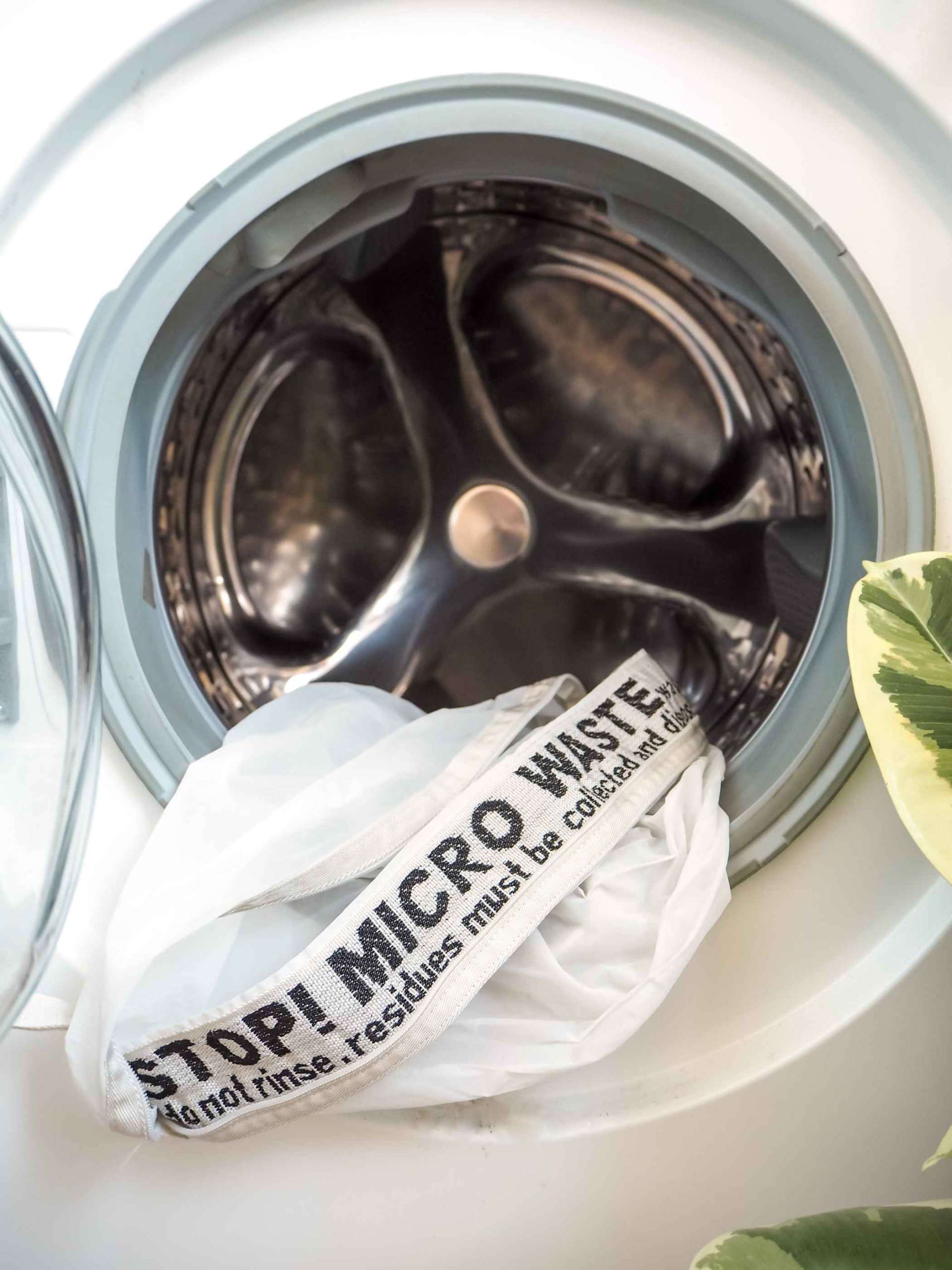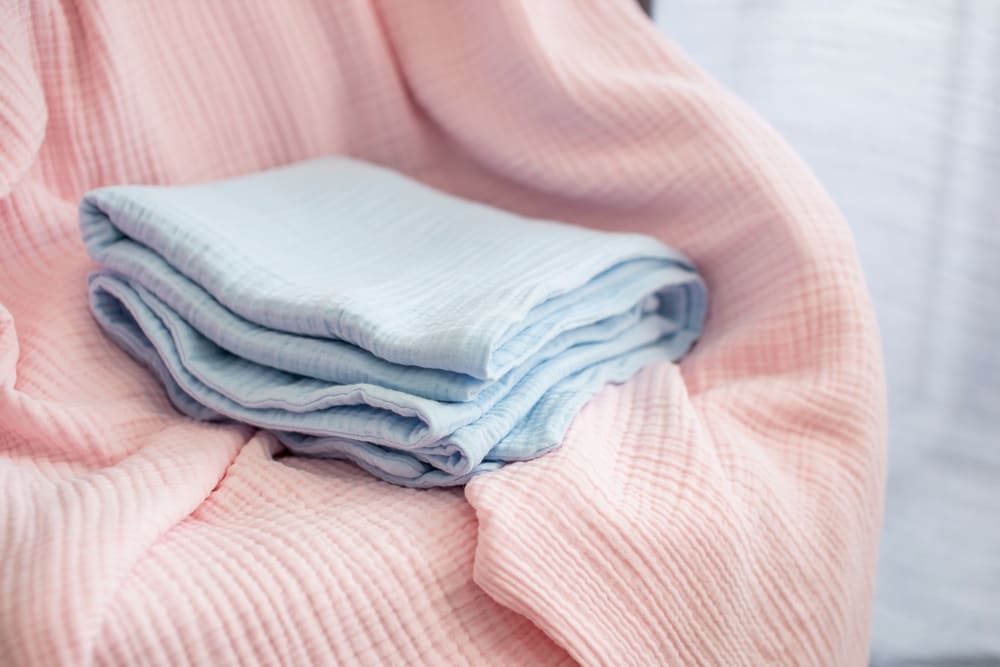Dos and Don'ts of Mesh Fabric

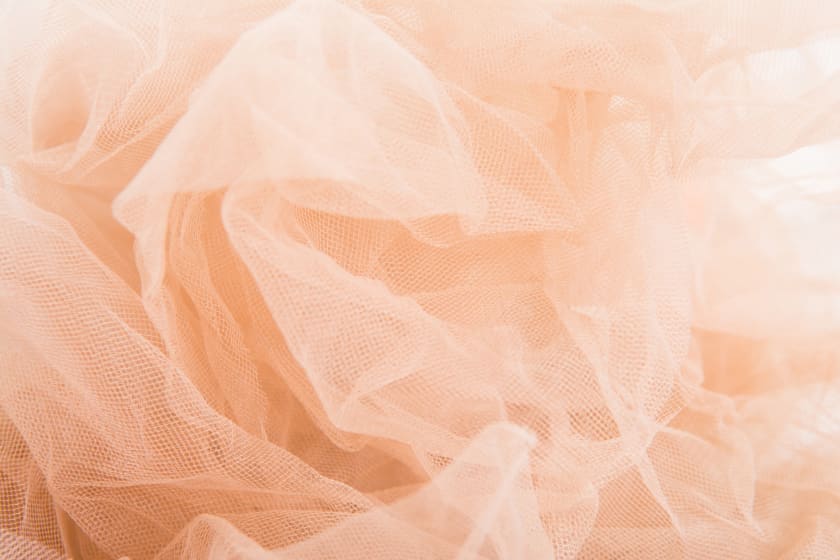

Summary: As a fabric wholesaler, one has to have a variety of clothes to satisfy customers, especially trendsetters. And that's where mesh fabric comes in handy, thanks to which fashion brands have grown by leaps and bounds in the last few years.
Mesh fabric is a popular and versatile fabric used in clothing, bags, and other accessories. It's made of a web of plastic or metal fibers that are woven together in a pattern.
It can be used to add structure and support to clothes. Mesh material comes in different varieties and is sold by fabric wholesalers across the world.
This article covers the whys, hows, dos, and don'ts of mesh fabric.
What Are Mesh Fabrics?
Let's learn more about the subject at hand before getting into the gist. Mesh textiles are made of synthetic materials and are excellent for high-intensity activities like sports and exercise.
Additionally, many health providers frequently utilize mesh materials to create medical gear like scrubs and surgical gowns.
The market offers several different mesh fabric varieties. These are some of the most well-liked:
Nylon Mesh
Nylon is a common alternative to various types of mesh. It was first used as a substitute for silk in women's stockings. Nylon is a synthetic polymer manufactured from coal and petroleum.
Polyester Mesh
One of the most prevalent types of mesh fabrics on the market is polyester. These fabrics are made of polyester fibers that are produced by a chemical process between petroleum, air, and water. This process yields a polymer of polyester fibers.
Tulle Mesh
Tulle is a delicate mesh fabric that is frequently used for tutus, veils, and wedding dresses. The fabric derives its name from the French city of Tulle, where it was originally created.
Cotton Pique Mesh
100% cotton is used to create cotton pique fabrics, which are mesh materials frequently used in polos as well as other sporting clothing. The "piqued" or elevated woven arrangement mimicking a waffle or honeycomb is where mesh cloth gets its name.
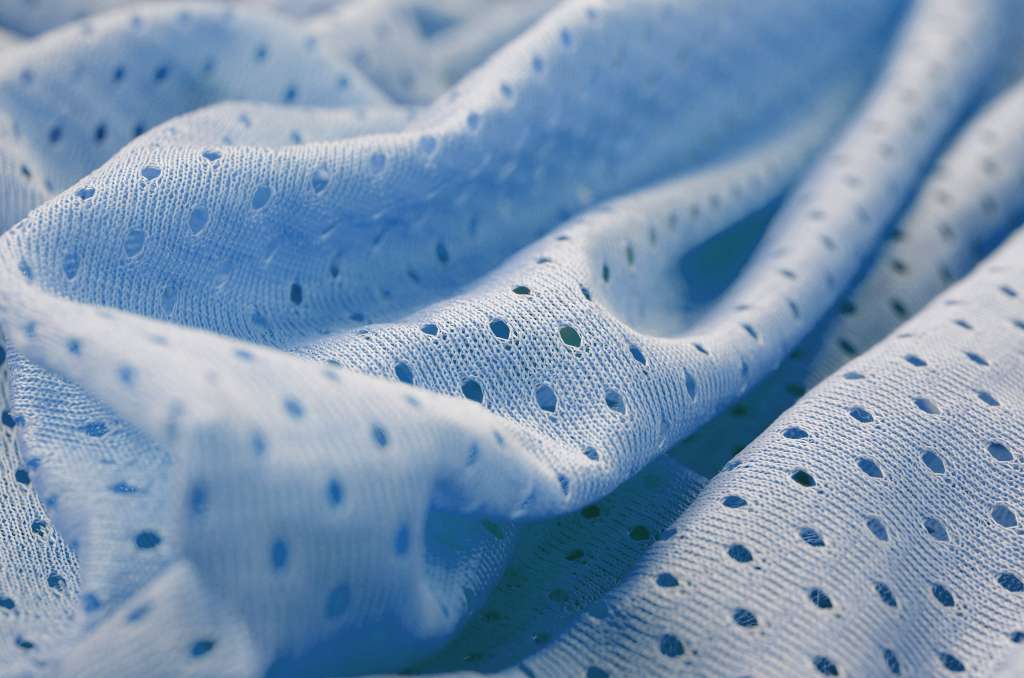
Dos of Mesh Fabric
Pre-Treat Abrasive Stains
It is essential to pre-treat any stubborn or severe marks as soon as one sees them on the mesh fabric items. Coloration will be simpler to erase the earlier it is tackled. It is preferable to deal with stains right away because harsh stains might harm the mesh fabric's fragile fibers.
Hand Or Cold Rinse
Given that the mesh fabric is comprised of synthetic material, one should generally hand-wash or use the gentle cycle when washing mesh fabric apparel. This helps to extend its life.
Fold It Properly
It is essential to store mesh fabric articles carefully to avoid damage. The best approach to its maintenance is to keep them folded or hung up. This will help the fabric stay free of creases or wrinkles.
Additionally, it's crucial to make sure the mesh textiles are kept in a dry, cool environment. Mesh textiles can be kept in a garment bag or folded in a drawer, both of which are ideal storage options.
Brush it Occasionally
It is crucial to frequently brush mesh fabric products with a soft-bristled brush to get rid of any dirt or debris. Additionally, this will help to prevent pilling and keep the cloth appearing brand new.
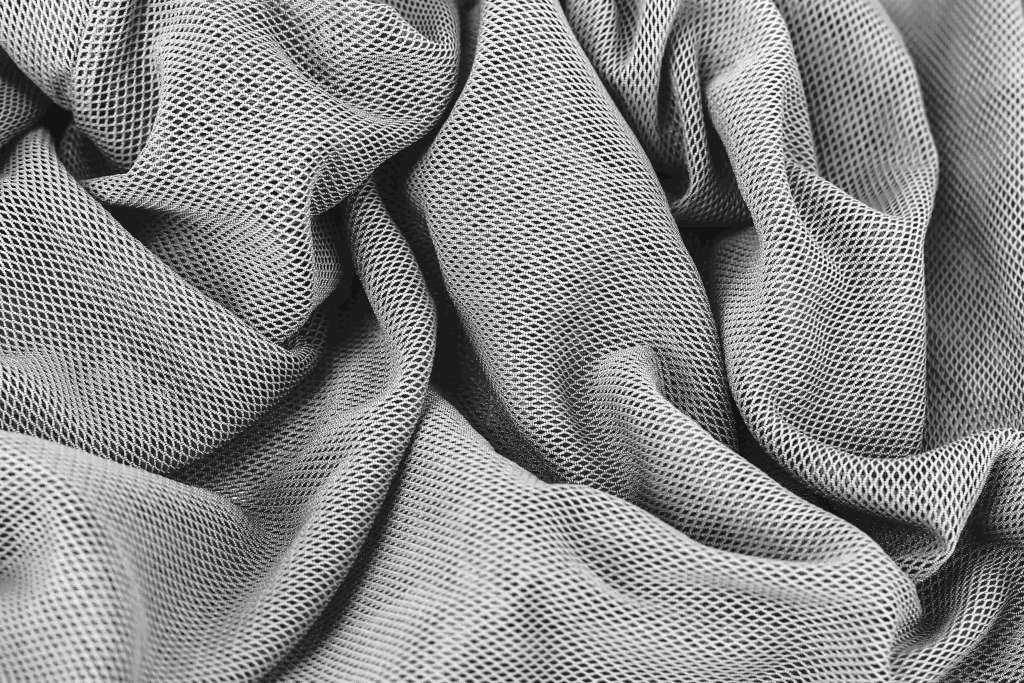
Dont's of Mesh Fabric
Don't Use Any Chemicals
Never put solvents or petrochemicals on anything made of mesh cloth. This applies to any combustible liquid — such as oil, gasoline, or any other kind. These liquids have the potential to severely harm the mesh fabric's fibers.
Don't Keep It Undried
The best way to dry mesh fabric clothing is to hang it up after washing. If one decides to use a dryer, it should be on a low setting or without any heat. Otherwise, the mesh fabric may eventually break down as a result of high temperatures affecting its inherent fibers.
Don't Use Aggressive Solvents
Never use harsh cleaners like bleach, laundry detergent, or any other kind of chemical cleaning on mesh fabrics. These strong chemicals can harm mesh fabric's delicate fibers and reduce its longevity.
Don't Let Stains Linger
On mesh fabric clothes, pay close attention to any dirt, debris, or stains. The longer these substances are left on the material, the more difficult it will be to get them off. Any soiled substance left on the mesh fabric for an extended period of time might harm the fabric's fibers and leave behind stains that won't go away.
Everything Comes Down To The Nature Of Fabric
The material is the most important factor to consider while caring for mesh fabrics. It's important to carefully check the care instructions before rinsing or drying the mesh fabrics. Understanding the fabric's characteristics is vital for fabric wholesalers, distributors, and suppliers.
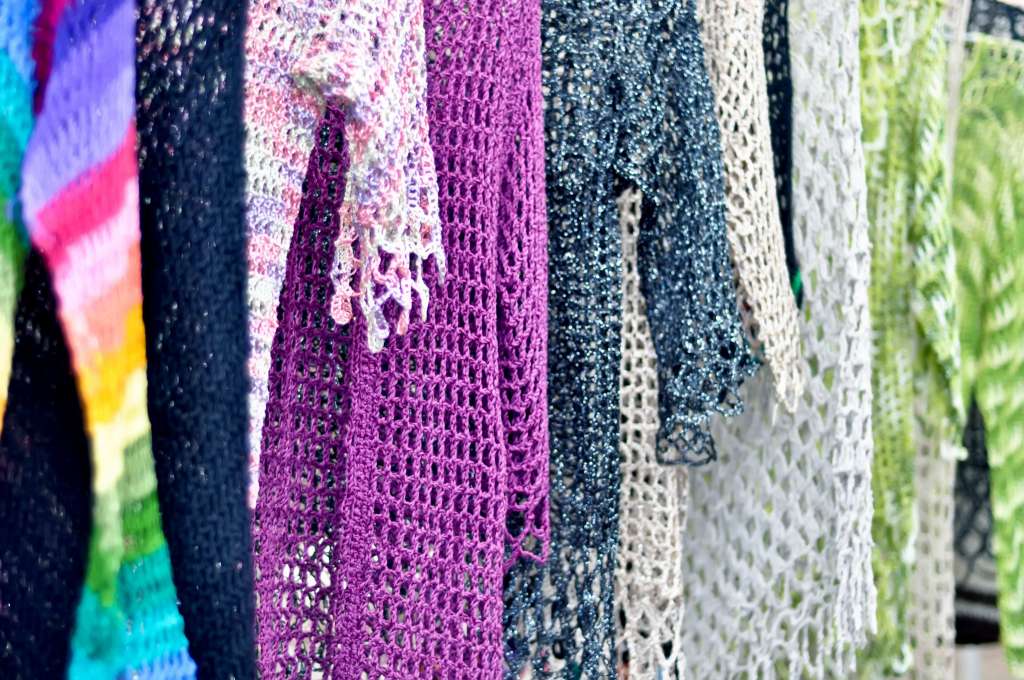
Key Takeaways:
- Mesh fabric is commonly used at home and in many other places because of its durability, strength, and comfort.
- This mesh or net-like structure allows air to pass through the fabric while leaving it opaque.
- Understanding the properties of mesh fabric materials is very helpful, especially for a fabric wholesaler.
Fashion brands can overcome their manufacturing issues with the help of the strong technology platform provided by Fashinza. It works best for sourcing managers who are searching for a strong tool to assist in bringing down lead times to under 45 days.
Partner with Fashinza and speak to an expert today!















